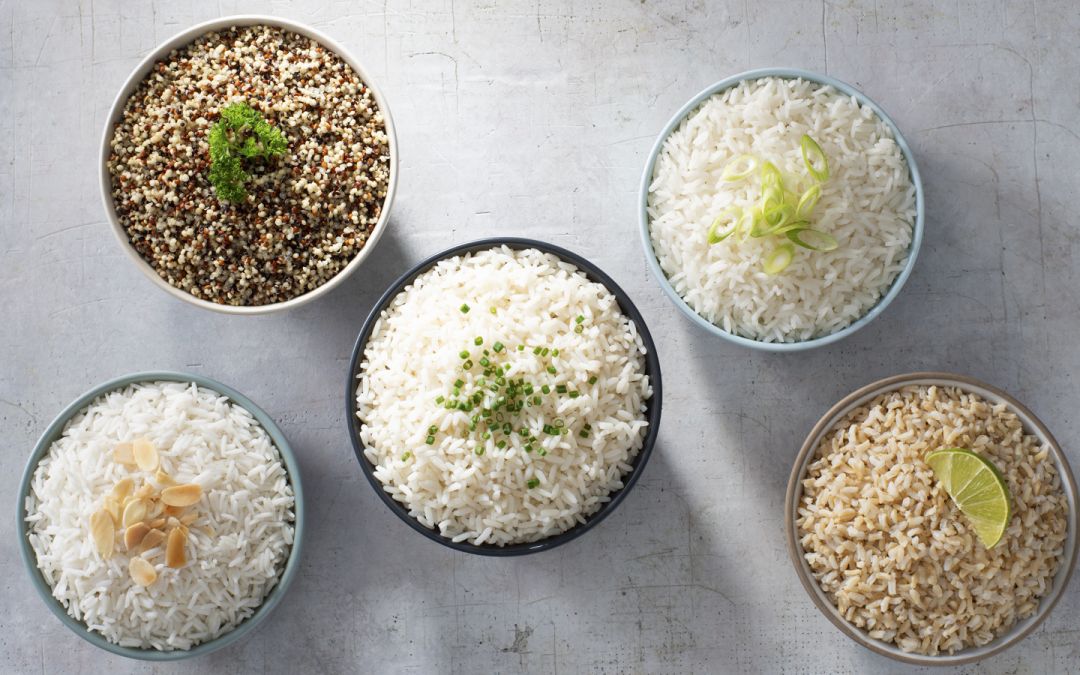It’s no surprise that rice is a kitchen staple in households around the world, including yours – right? By definition, rice is the edible seed of a type of grass (like many other grains), but as you might already be familiar with, rice comes in several different varieties.
So, here comes the guesswork. Why would one choose one rice variety over the other? Your culinary gut feeling has probably told you that some rice types are better than others for each of your favorite recipes, and it is absolutely right!
We know that all grains are not the same, let’s dig into some of their differences and learn how to make the most out of them. You might want to jot down some notes, as cooking hacks and recipe inspirations are included in this rice guide.
Types of Rice
The most common characterization of rice is grain-length, these being: long grain, medium grain and short grain. To start, we’ll focus on long grain varieties, their texture, color, and aroma to best understand the differences between white rice, brown rice, jasmine rice, and basmati rice.
Texture: White Rice
White Rice is probably the most commonly consumed variety of all rice and why wouldn’t it be?! Aside from being the most common variety on store and pantry shelves, white rice has a fluffy texture that makes it perfect for so many cooking purposes.
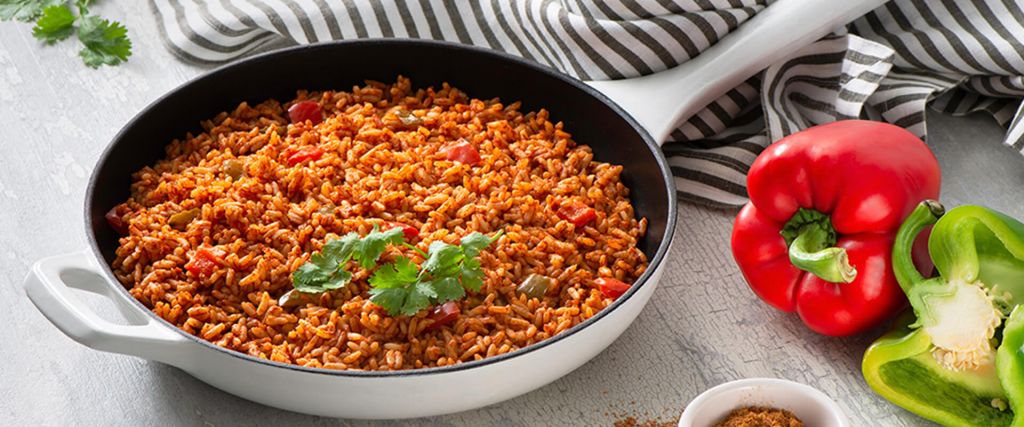
Without a doubt, the texture is what makes white rice special. While these grains cook to a light fluffy texture, they remain slender and separate, making this variety ideal for almost any recipe.
We recommend you stick to Success® White Rice when going for the all-time classics, like a chicken or beef Meatloaf, or a flavorful Spanish Rice. But its versatility doesn’t stop there. Use it to make a heartier Chicken Soup, or for a comforting Cheese Casserole.
Cook Perfect White Rice with the Boil-in-Bag Method
At Success®, we’ve decided to not leave flawlessly cooked white rice to chance with our convenient Boil-in-Bags. So, to make your life easier and so you can cook the perfect white rice every time, you can stick to our simplest cooking method: boiling rice in the bag, uncovered, for 8 to 10 minutes. Did you know that our white and brown rice bags can stay in the water for up to 30 minutes? Simply turn the stove off and finish the rest of the recipe without the worry of overcooked rice.
With this simplified process, you’ll have more time to explore different ingredients to Mix & Match your fluffy grains with, or to try cooking your rice in alternative liquids to water like broth or juice for new flavors. Exciting, right?
Aside from the Boil-in-Bag method, all Success® Rice varieties can be cooked by different methods, but we’ll get there as we learn more about other rice varieties.
Color: Whole Grain Brown Rice
Undoubtedly, at first glance, the first distinction of brown rice is its darker color. Whole grain brown rice bran layers are left on, which gives it its signature tan color and its natural earthy goodness. Compared to white rice, it has a chewier texture and a nuttier flavor.
We recommend choosing brown rice when looking for more wholesome alternatives and pairing it with seasonal vegetables to make a Creole-style Vegan Dirty Rice. You can also try it as filling in some Chili Lettuce Wrap Cups or even in a sweet dessert for Thanksgiving: Pumpkin Mousse Pie with Rice Crust. You can also use it to remake family favorites like in this vegan meatloaf recipe.
How to Cook Brown Rice in the Microwave
Brown rice has the bad rap of being harder to cook to the perfect flavor and texture, or taking too much time on the stove, but guess what? Since our high-quality grains are pre-cooked, it’s ready in just 10 minutes if you follow the boil-in-bag method. And that’s not all. You can also cook Success® Rice in the microwave!
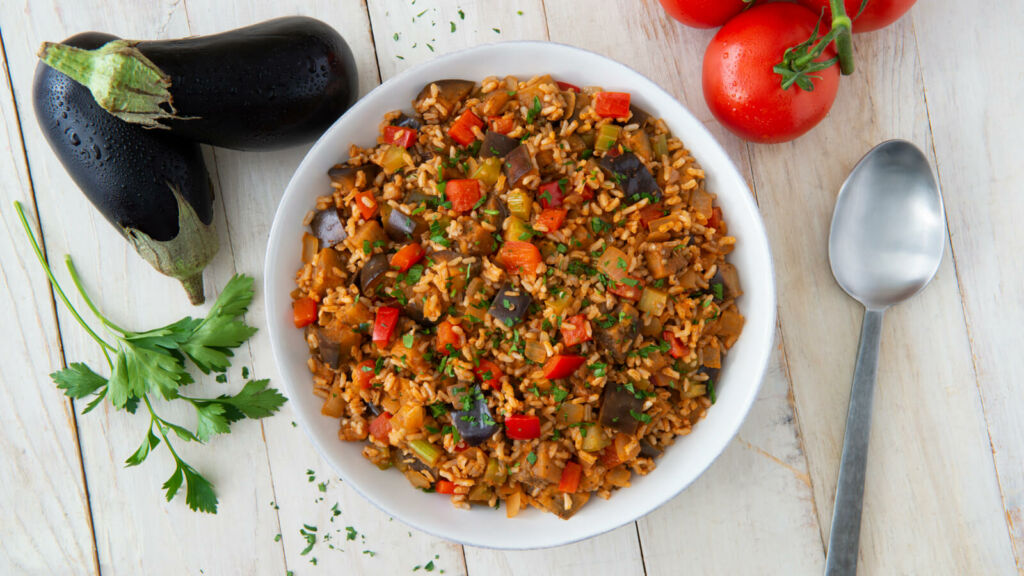
This method is good for all our rice varieties, although cooking times may vary. For Success® Brown Rice, simply submerge the bag in a microwave-safe dish in about 4 cups of water. Then microwave on HIGH for 10 minutes, fluff with a fork, and enjoy. Easy-peasy!
Chef tip: It is not recommended to cook more than one Boil-in-Bag in the microwave at a time. The range-top method is best for multiple bags.
Aroma: Basmati and Jasmine Rice
You probably think Basmati and Jasmine Rice are best left for special occasions or ethnic cuisine, but if that’s the case, you’d be missing out on half of the fun and all the flavor! Aromatic grain varieties are varieties that you can enjoy on a daily basis. Are jasmine and basmati rice the same? Definitely not!
Jasmine rice is grown primarily in Southeast Asia, but has been brought to you so that you can enjoy authentic Thai and fragrant recipes. The grains are slightly shorter and a bit stouter than basmati rice but very similar in aroma, although jasmine rice has a more floral hint. Try these fragrant grains in Thai-inspired cuisine like this flavorful Sweet Jasmine and Mango Rice, or a Shrimp Pad Thai.
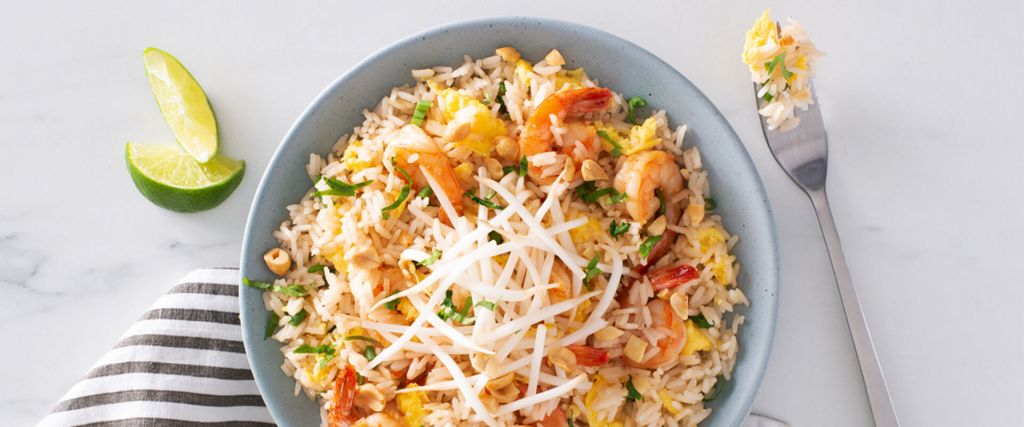
Basmati rice, on the other hand, is grown primarily in the foothills of the Himalayas and is more predominant in Pakistani and Indian cuisine. Its extra long grains cook up fluffy and slender with a subtly nutty flavor. For best and authentic results, basmati is your go-to for a Chicken Tandoori and Rice recipe or a Curry Cauliflower Buddha Rice Bowl.
How to Cook Success® Jasmine Rice Out of the Bag
All Success® Rice varieties (and Quinoa) can be cooked out of the bag – and there are two ways to do so: total absorption and water excess preparation.
To cook Jasmine rice in the most traditional way, simply bring 1 cup of water to a boil in a small saucepan, pour rice into boiling water, and boil for 15 minutes. Remove from heat and fluff with a fork. Serve either as a side or use per recipe directions.
Heads-up: although all Success® Boil-in-Bags can be cooked using this method, times and amounts of water will change from one product to the other.
If you’re still curious about how to cook Jasmine Rice in a Boil-in-Bag, watch the video below for an easy video tutorial.
Cooking Basmati Rice in Excess Water
As for Success® Basmati Rice, it can be cooked either by the Boil-in-Bag method, in the microwave, total absorption, or excess water method. The true Indian way to cook basmati rice requires soaking the grains, cooking in excess water, and then draining in a colander or mesh strainer – we thought your inner foodie might want to get to know the most traditional method as well.
If you go for the excess water method, bring 6-8 cups of water to a boil in a large saucepan. Pour basmati rice into boiling water and cook for 10 minutes. Drain and serve as a side or per recipe instructions.
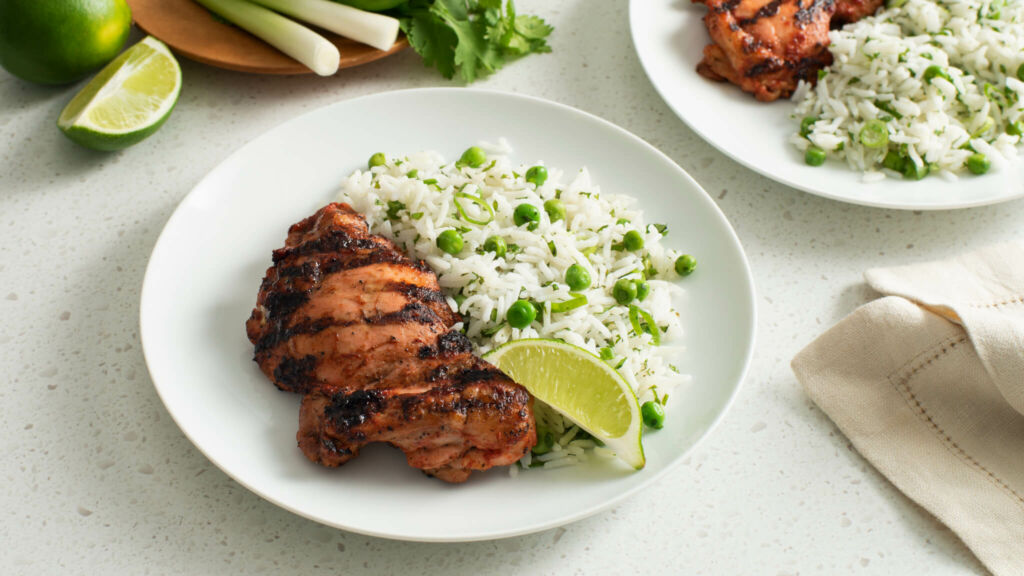
There’s no need to soak Success® Basmati Rice, nor any other variety. Different from the total absorption method, the cooking time for all Success® Rice in excess water will be 10 minutes.
Still have questions on how to perfectly cook Success® Rice every time? Visit our FAQ for more detailed insights.
Now that you’ve gotten to know the differences between your favorite rice varieties, you should know that Jasmine rice will work best for Thai inspired dishes, that you can get an extra dose of fiber by cooking your favorite recipes with brown rice, and long grain varieties are overall good for use in rice salads, stuffings, and even fried rice!
Trust your gut and cooking directions when cooking your next meal and remember, jasmine and basmati rice can also be part of your weekly rotation! Visit our recipe collection for even more inspiration.

